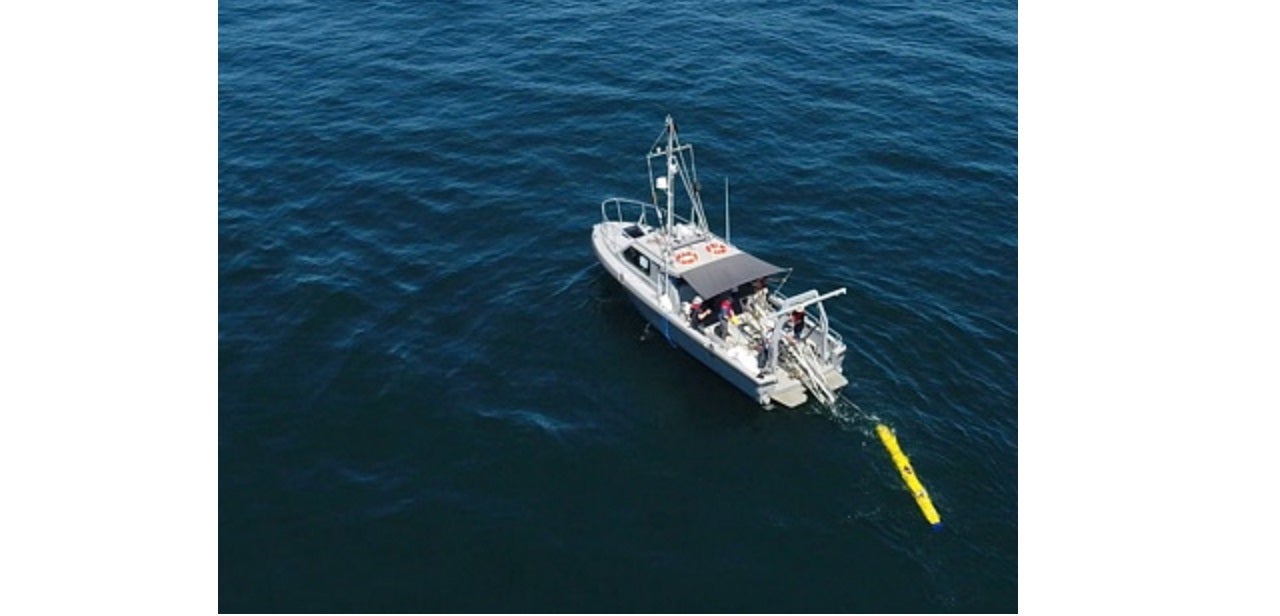
Thales Australia has signed a memorandum of understanding (MoU) with Flinders University to study the automation of the autonomous underwater vehicles’ (AUVs) launch and recovery systems.
The MoU between the two organisations will support the Royal Australian Navy’s (RAN) maritime safety doctrine to protect personnel from sea mines.
Thales noted that the study of the automation of launch and recovery processes is for the Bluefin 9 and Bluefin 12 of General Dynamics (GD) Mission Systems.
GD will supply four small Bluefin 9 and three large Bluefin 12 AUVs for the RAN’s SEA 1778 programme under the Deployable Mine Counter Measures project.
The partnership is expected to identify the best way to boost safety for navy personnel by eliminating ‘the person from the mission’ using an automation process.
Thales Australia will be the design authority for the study and will work with important stakeholders to ensure that all the requirements for capability and safety are met.
Flinders University will offer subject matter expertise to examine the possible concepts for the Automatic Launch and Recovery System.
Thales Underwater Systems director Troy Stephen said: “The concept of Automatic Launch and Recovery Systems from a USV would revolutionise the current method of deployment.”
“Not only would it completely remove the person from the minefield, but it could eliminate many of the current limitations of unmanned underwater vessels (UUV), such as transit time, battery drain, communications and mission risk.
“The autonomation of this process will provide a significant enhancement to the navy’s capability.”
In 2018, Navantia SAGE Automation Group (NSAG) and Flinders University agreed to collaboratively develop an Integrated Platform Management System (IPMS) Centre of Excellence (CoE) to support the Royal Australian Navy’s SEA 5000 Future Frigate proposal.








